At its core, Open Web Mind is a squillion nodes.
We could get into how those nodes are connected, but let’s leave that for another time.
At its core, Open Web Mind is a squillion nodes.
So...
...you might be wondering...
...what exactly is a node in Open Web Mind?
Here’s the answer to that question in one word.
I should warn you: you might be disappointed in my one-word answer.
Still, I can promise you: the more you think about it, the more my one-word answer will seem mind-expanding.
What is a node in Open Web Mind?
Anything.

A node can represent anything.
OK, let me break that down.
Any thing
First, the second part of that word: any thing.

A node in Open Web Mind represents a thing.
Not an action, like running:
but a thing, like a race:
Not a description, like hot:
but a thing, like heat:
To get all grammatical for a moment:
the word for a node is never an adjective:
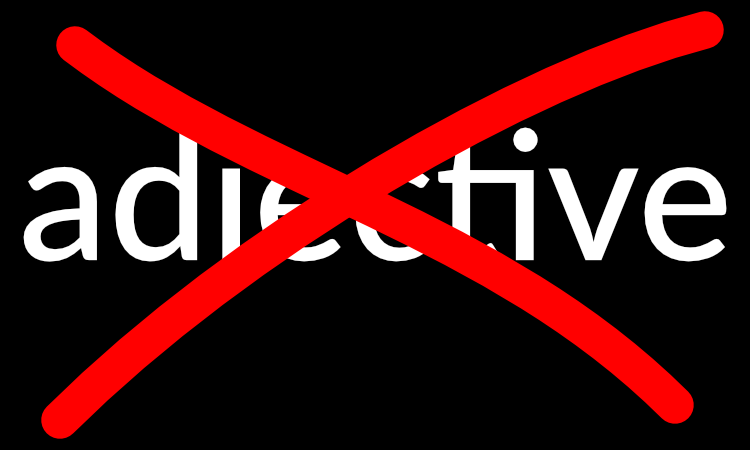
or an adverb:
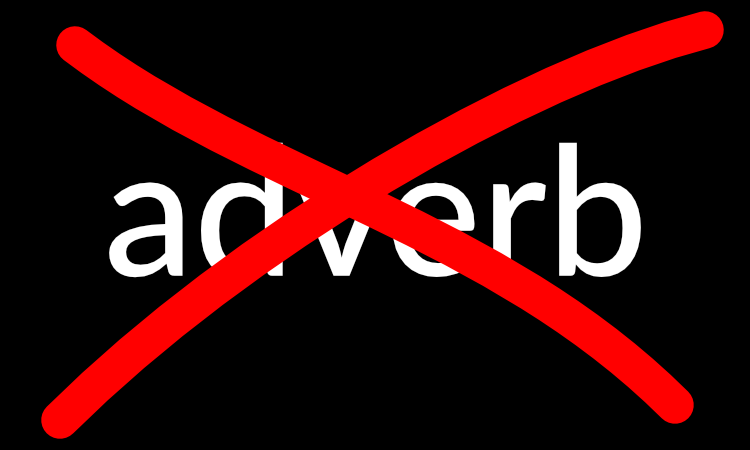
or a verb:
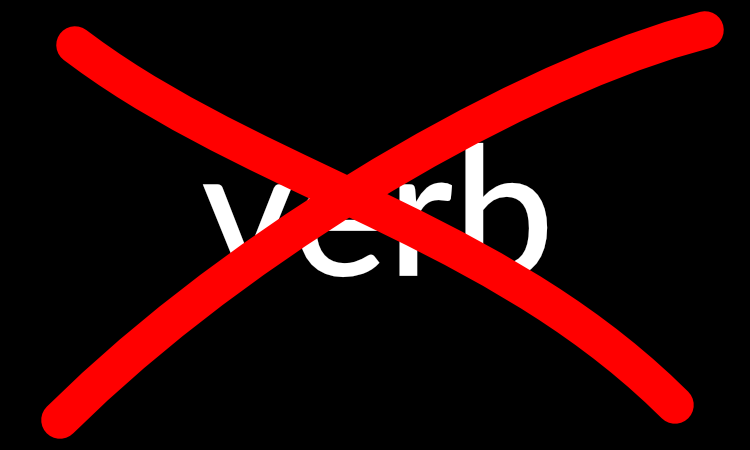
the word for a node is always a noun:
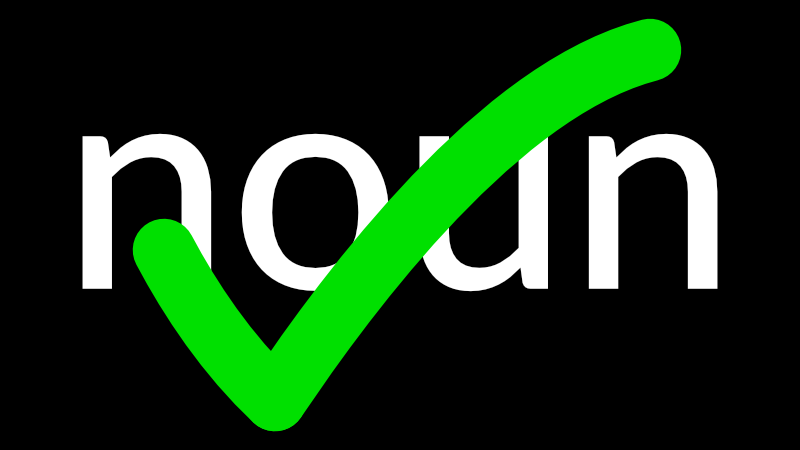
Why things?
Why do nodes in Open Web Mind represent things?
Because Open Web Mind is about concepts.
It’s not about language. It’s not about grammar. It’s not about words.
It’s about the concepts behind the words.
Let me give you an example.
Open Web Mind is not about the adjective beautiful:
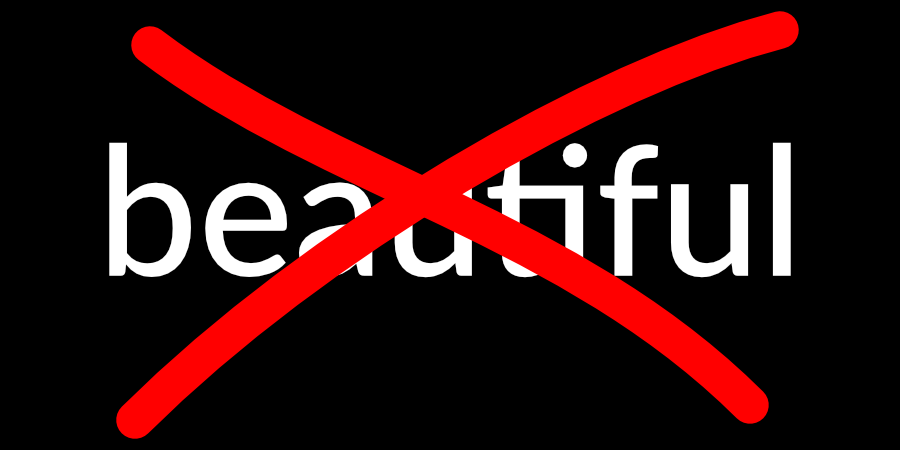
or the adverb beautifully:
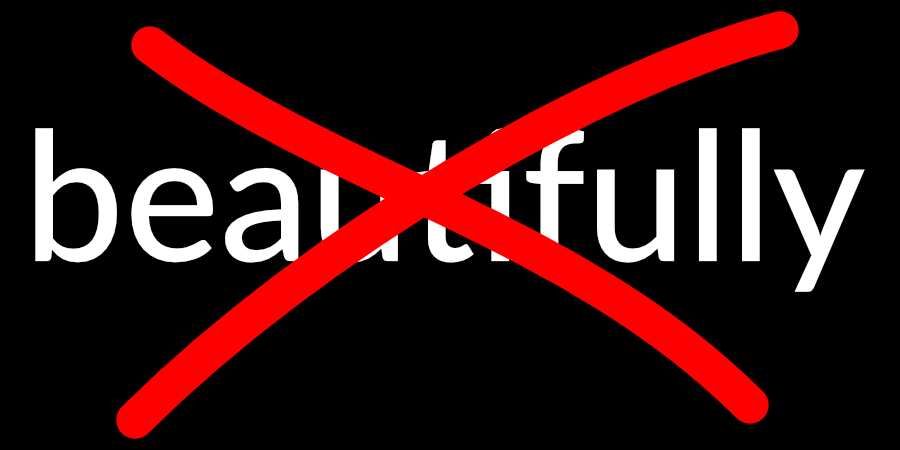
or the verb beautify:
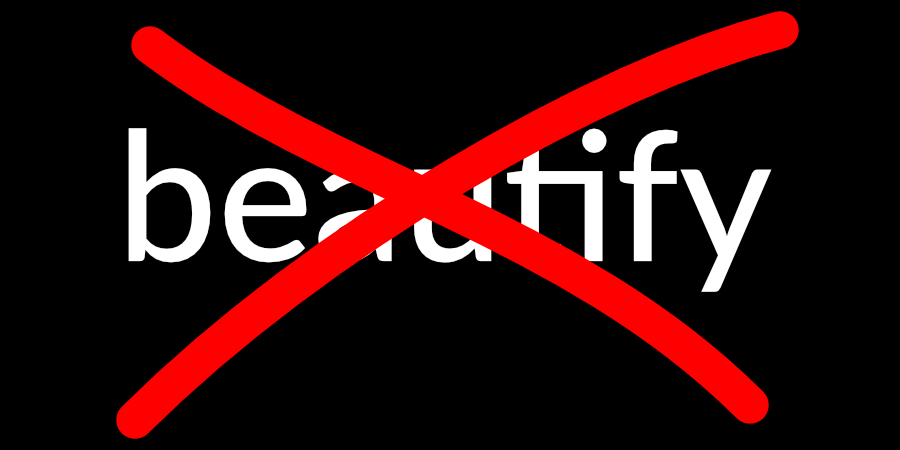
It’s about the concept behind those words.
It’s about beauty.

Any thing
Second, the first part of that word: any thing.

A node in Open Web Mind can represent any thing.
It can be a specific thing, like a specific planet:

Or it can be a generic thing, like a planet:
Or it can be an abstract thing, like the colour red:
A node can represent a person almost everyone has heard of:

or a person almost no one has heard of:

A node can represent a video:
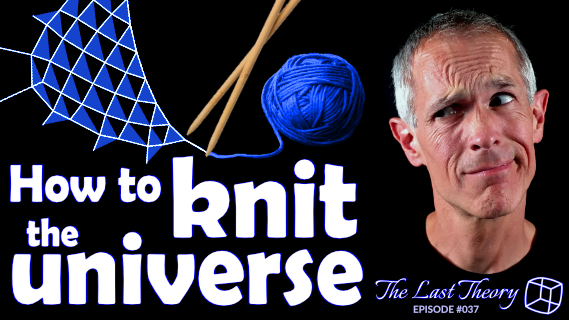
or a podcast:
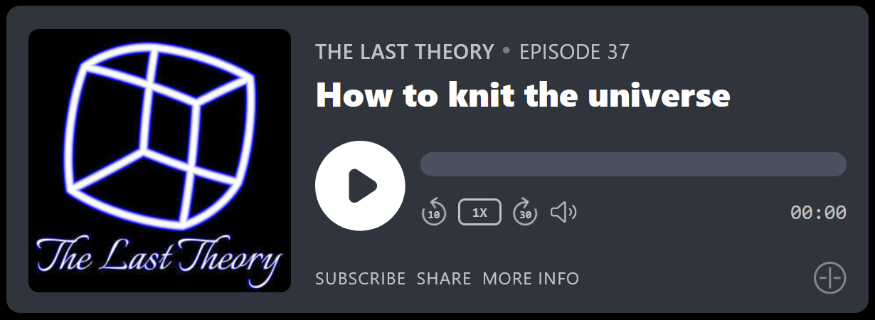
or an article:
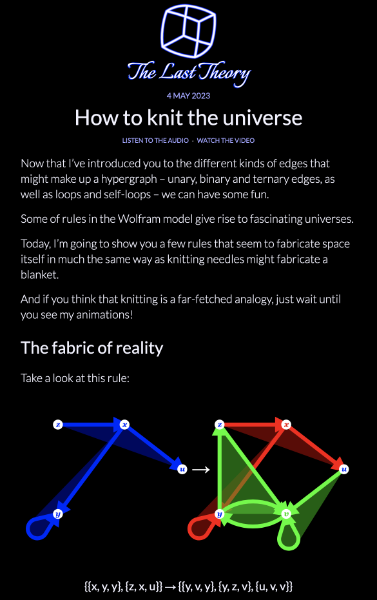
It can represent a web site:
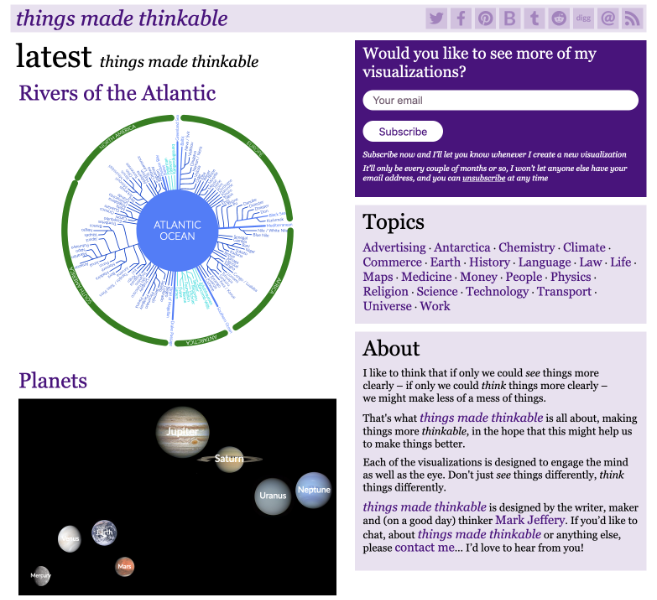
or a web page:
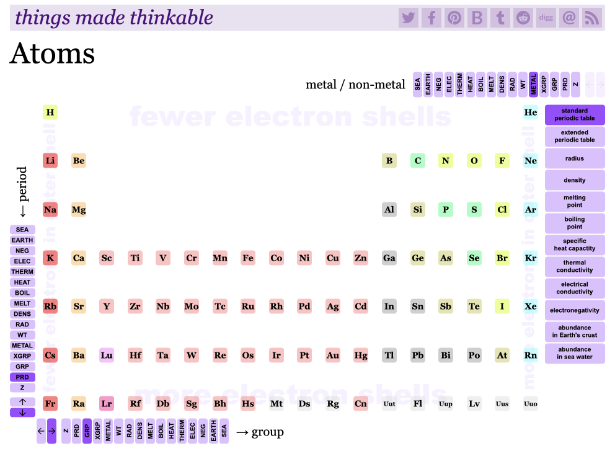
It can represent anything in your digital life:
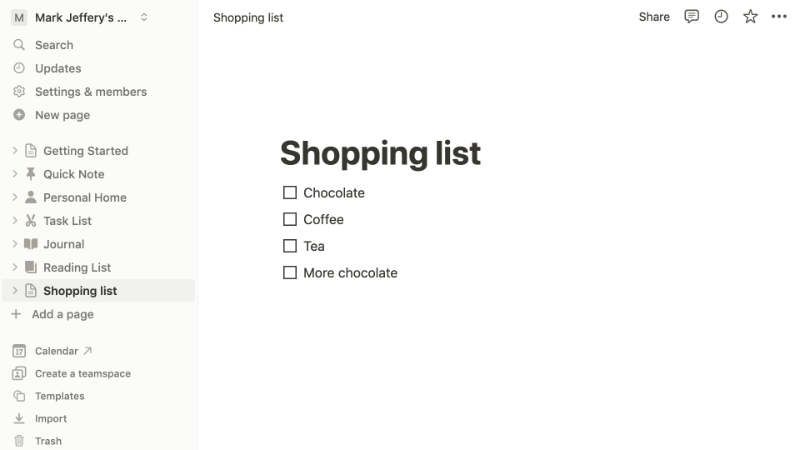
or your real life:
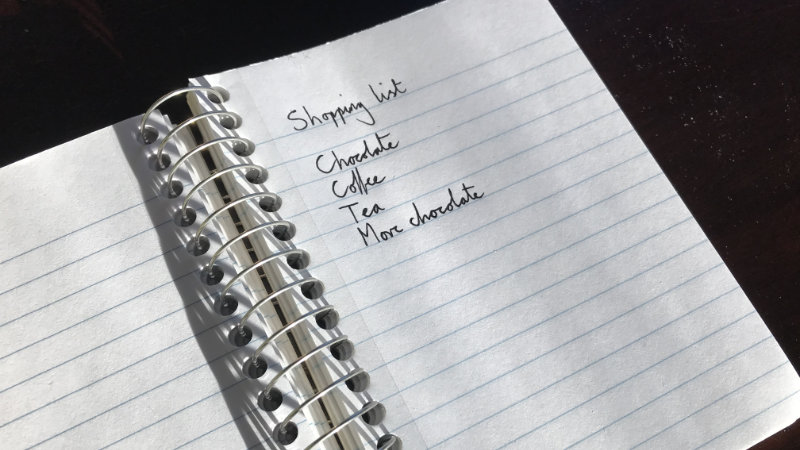
whether that thing is public:
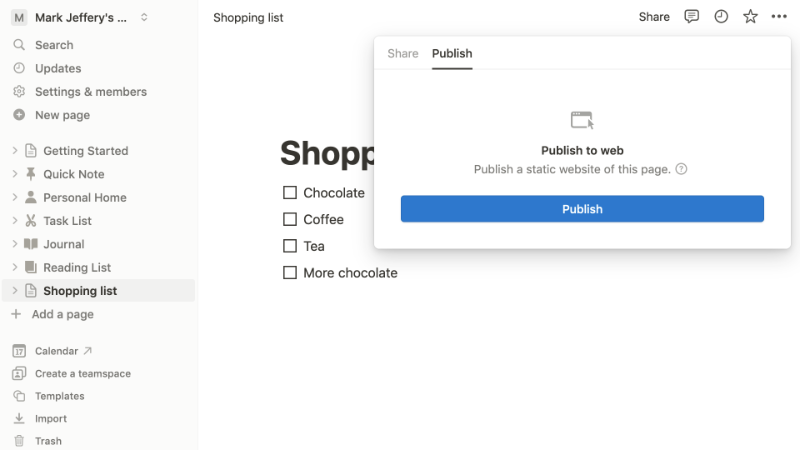
or private:
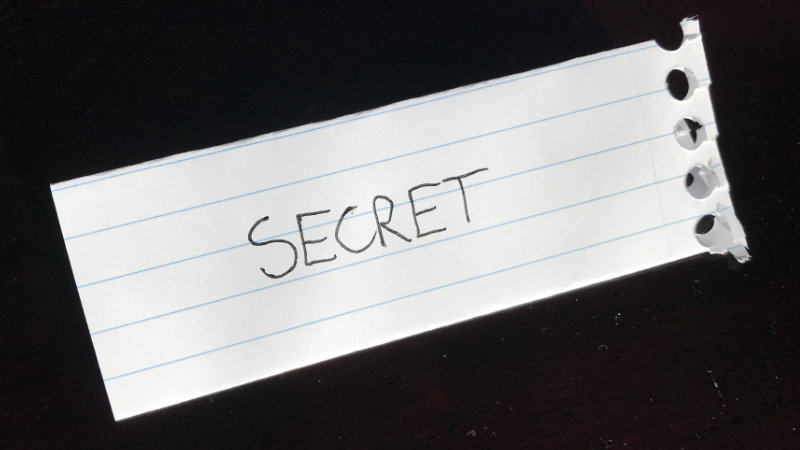
Nodes aren’t just for the big things, like the Earth:

they’re for small things, too, like the ski trip you went on last year:
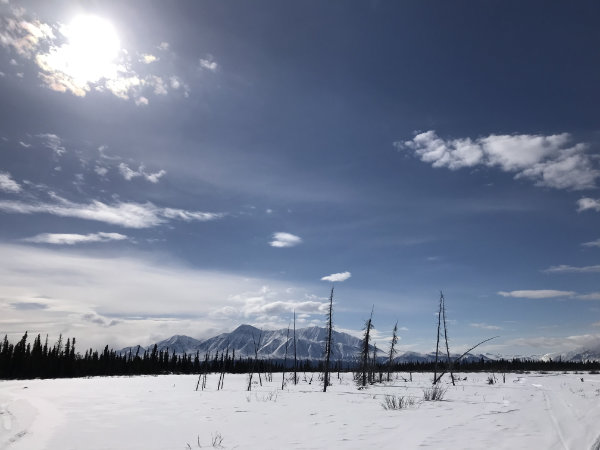
A node in Open Web Mind can represent anything.
Why anything?
Why anything?
Well, if a node couldn’t represent anything, then someone would have to decide what a node can represent and what a node can’t represent.
Wikipedia is a good example of how that might work.
In Wikipedia, articles can’t be about just anything.
According to Wikipedia guidelines, articles can only be about notable things.
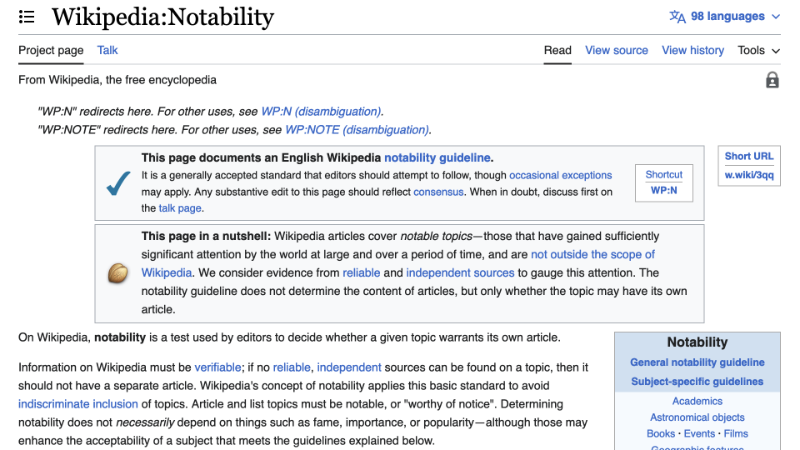
Try to create a Wikipedia article about yourself, or about about the ski trip you went on last year, or about the shopping list you wrote last night, and you’ll soon find it removed by Wikipedia editors, who’ll argue, not unreasonably, that these things aren’t notable, so they don’t belong in an encyclopedia.
If an article can’t be about just anything, then someone has to decide whether each thing makes the cut.
That seems right for an encyclopedia.
It’s not right for a mind.
In Open Web Mind, if you want to create a node in your mind that represents yourself, or the ski trip you went on last year, or the shopping list you wrote last night, then go right ahead.
No one can tell you what a node in your mind can represent and what a node in your mind can’t represent.
In other words, in Open Web Mind, no one can tell you what you can and can’t think.







